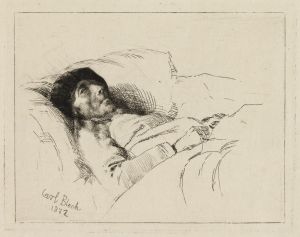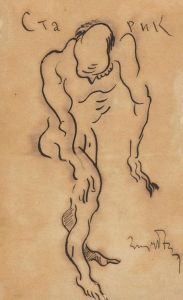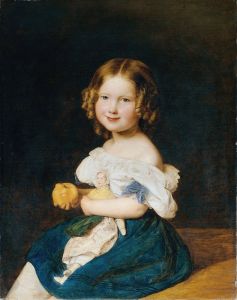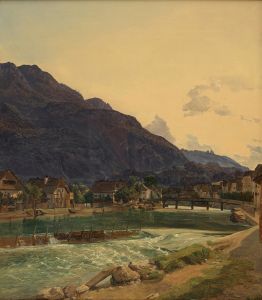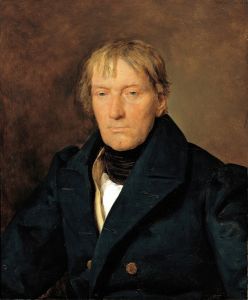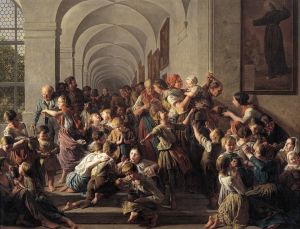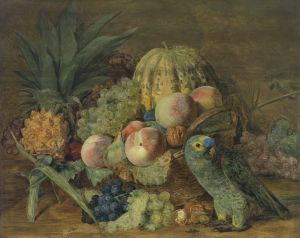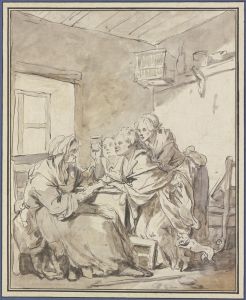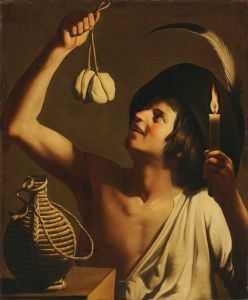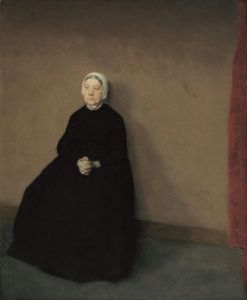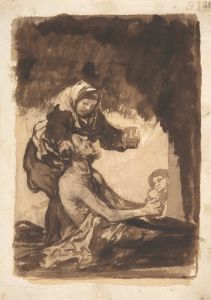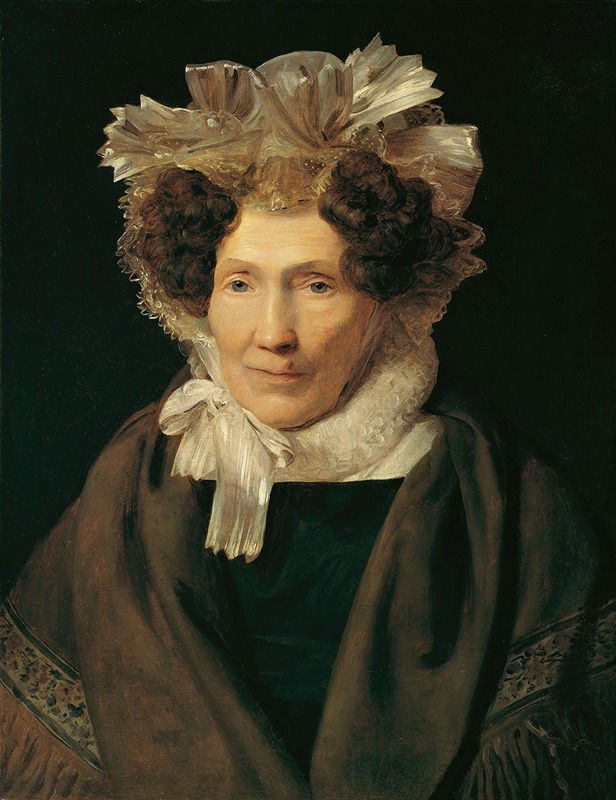
Alte Frau mit weißer Bänderhaube
A hand-painted replica of Ferdinand Georg Waldmüller’s masterpiece Alte Frau mit weißer Bänderhaube, meticulously crafted by professional artists to capture the true essence of the original. Each piece is created with museum-quality canvas and rare mineral pigments, carefully painted by experienced artists with delicate brushstrokes and rich, layered colors to perfectly recreate the texture of the original artwork. Unlike machine-printed reproductions, this hand-painted version brings the painting to life, infused with the artist’s emotions and skill in every stroke. Whether for personal collection or home decoration, it instantly elevates the artistic atmosphere of any space.
Ferdinand Georg Waldmüller was an Austrian painter renowned for his contributions to the Biedermeier period, a time in the early 19th century characterized by a focus on middle-class sensibilities and a detailed, realistic style. One of his notable works is "Alte Frau mit weißer Bänderhaube," which translates to "Old Woman with a White Ribboned Cap." This painting exemplifies Waldmüller's skill in portraiture and his ability to capture the essence of his subjects with meticulous attention to detail.
"Alte Frau mit weißer Bänderhaube" is a fine example of Waldmüller's dedication to realism and his interest in portraying everyday life. The painting depicts an elderly woman, her face marked by the passage of time, wearing a traditional white cap adorned with ribbons. The cap, a common accessory for women during this period, is rendered with exquisite detail, showcasing Waldmüller's mastery of texture and light. The woman's expression is serene yet introspective, inviting viewers to ponder her thoughts and the life she has led.
Waldmüller's work is often celebrated for its vivid realism and the emotional depth he brings to his subjects. In "Alte Frau mit weißer Bänderhaube," he employs a soft color palette, using gentle contrasts to highlight the woman's features and the intricate folds of her clothing. The background is typically understated, ensuring that the focus remains on the subject. This technique is characteristic of Waldmüller's portraits, where the simplicity of the setting serves to enhance the complexity of the human figure.
The Biedermeier period, during which Waldmüller was most active, was a time of relative peace and prosperity in the Austrian Empire. This era saw a shift towards more intimate and personal art, reflecting the values and interests of the burgeoning middle class. Waldmüller's portraits, including "Alte Frau mit weißer Bänderhaube," are emblematic of this trend, as they often depict ordinary people in a manner that elevates their everyday experiences to the level of fine art.
Waldmüller's attention to detail and his ability to convey the subtleties of human emotion have earned him a lasting place in the history of art. His works are housed in numerous prestigious collections, and he is regarded as one of the leading figures of the Biedermeier period. "Alte Frau mit weißer Bänderhaube" is a testament to his skill as a portraitist and his commitment to capturing the dignity and individuality of his subjects.
In summary, "Alte Frau mit weißer Bänderhaube" by Ferdinand Georg Waldmüller is a quintessential example of Biedermeier portraiture, characterized by its realism, attention to detail, and emotional depth. Through this painting, Waldmüller not only showcases his technical prowess but also provides a window into the lives of ordinary people during a significant period in Austrian history.





